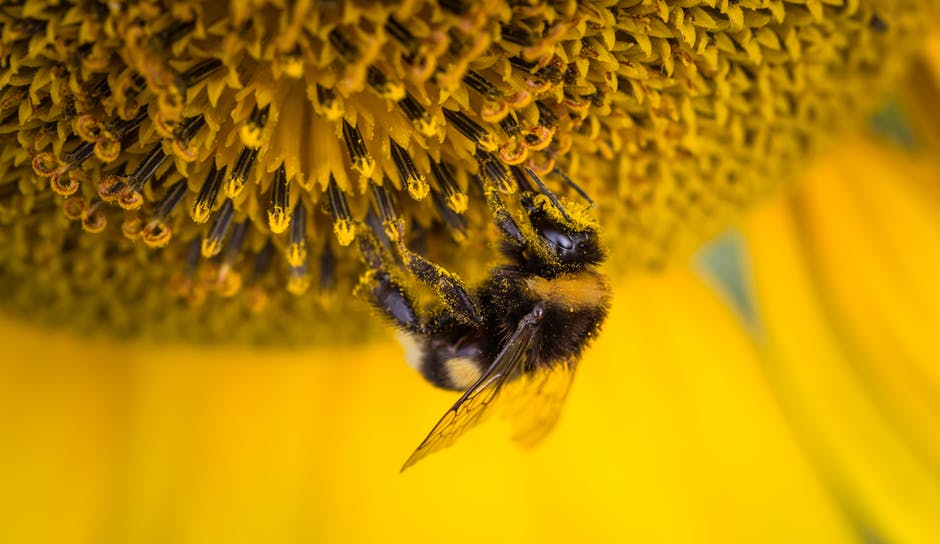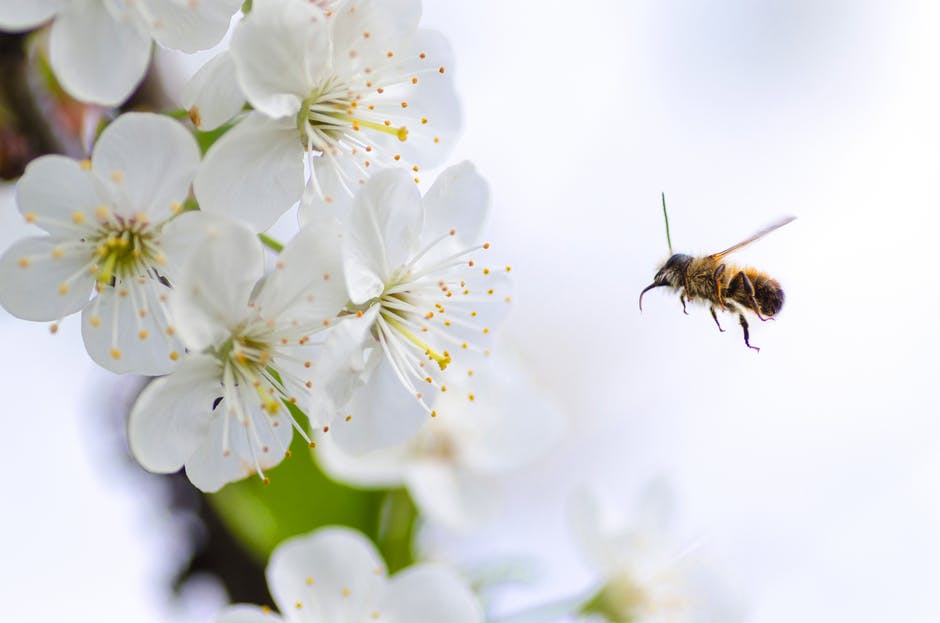Did you know that Honeybees and other pollinators are essential for maintaining a healthy ecosystem?

They play a key role in the growth of fruits and nuts. But, while these insects provide us with some of our favorite foods, they often can’t find enough food themselves.
A new survey commissioned by Ortho shows that pollinator populations are in decline, but many don’t know what to do to help.
“The loss of habitats plays a large part in the declining population of pollinators. That’s why we’re encouraging individuals and communities to plant gardens that attract and feed these insects,” said Tim Martin, Vice President & General Manager, Ortho. “It’s important to practice responsible pest management while maintaining gardens, and this new survey shows that homeowners want to feel comfortable and informed as they seek to attract pollinators to their outdoor spaces.”
“Every garden can help provide food and forage spaces for bees, butterflies and other pollinators, these natural habitats are an easy way to boost pollinator activity,” said Martin. “We hope to set an example as we convert two acres on our campus in Central-Ohio to a natural prairie habitat composed of tall grass and native wild flowers.”
Just last year, the Ortho brand pledged to eliminate neonicotinoids from its outdoors products and broaden its range of pesticide options for consumers. They also announced a multi-year partnership with the Pollinator Stewardship Council to help educate homeowners on the safe and appropriate use of pesticides.

You can help too:
- Whether you have a large backyard or the perfect patio for a container garden or window box, planting a pollinator garden is easy:
- Choose wisely: Plant native when possible and select plants with colorful blooming flowers that have continuous bloom cycle, providing spring-to-fall food and nectar.
- Add a water source: A small bird bath or a decorative rock with crevices where rain water can pool will do the trick.
- Select a sunny area that's not too breezy: Many blooms will need up to six hours of sunlight each day and pollinators often have delicate wings, so finding a spot that's sheltered from the wind will help.
- Be mindful of the products you choose: A majority of Americans (72 percent) think it’s impossible to use pesticides without harming bees; however, it is possible for gardeners to more closely target their application of pesticides and minimize exposure to beneficial pollinators.
- Follow directions: When using gardening products designed to protect plants from pests and disease, always follow the package instructions. Apply control products early in the morning at dawn or later in the evening at dusk when pollinators are not typically active in the garden, and avoid application of control products to flowers and other areas where pollinators like to land.
For more information on pollinator education or how to build a successful pollinator garden, visit Ortho.com/pollinator.














